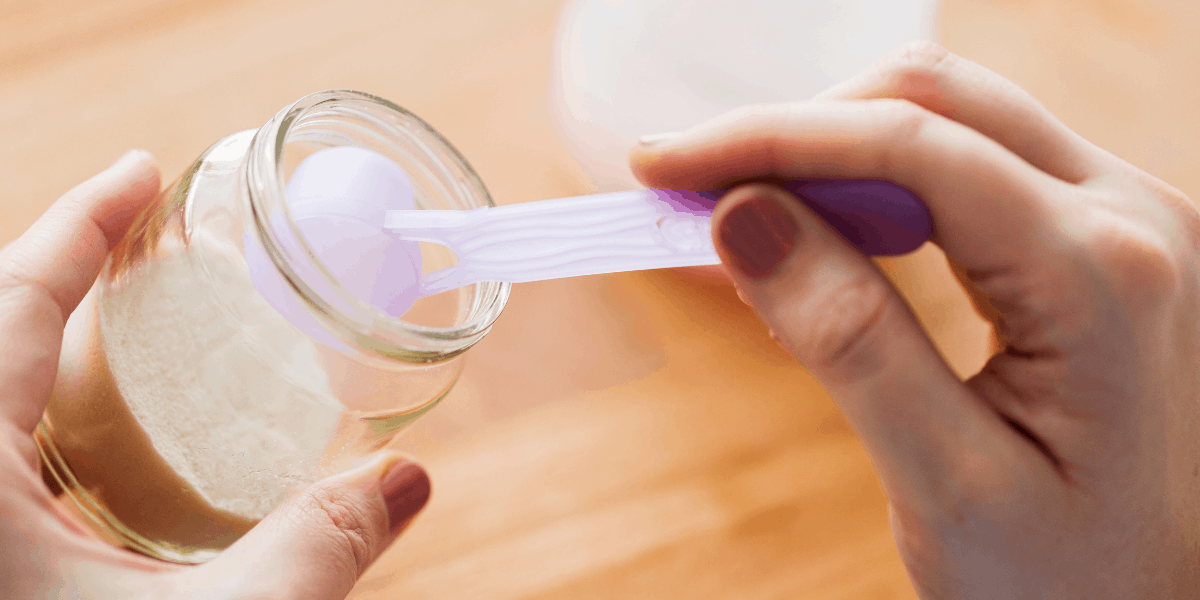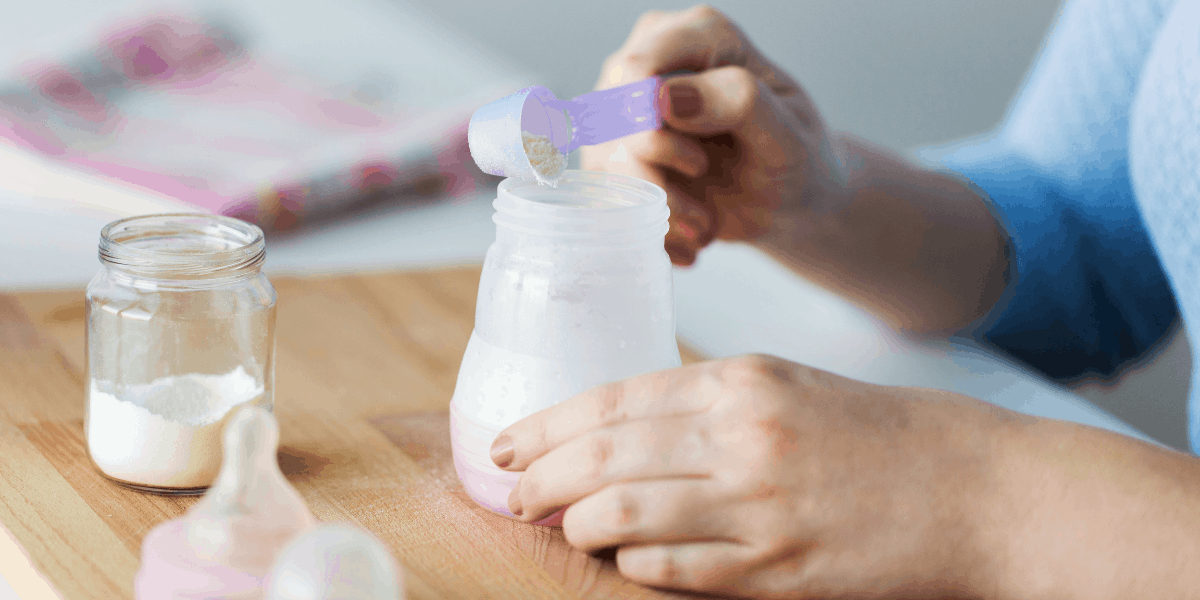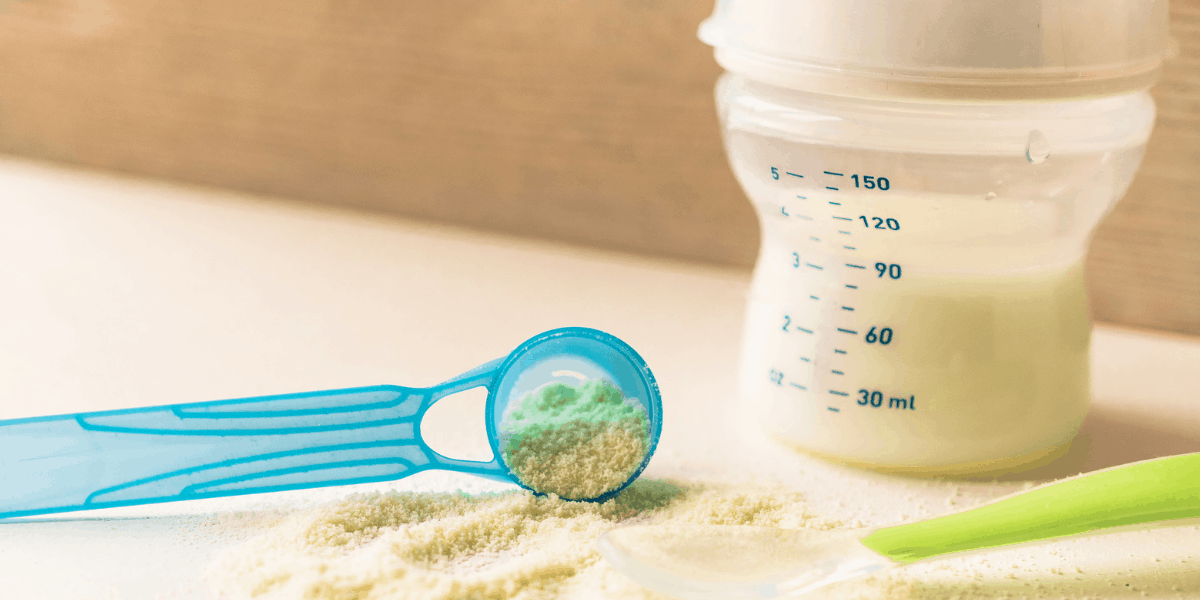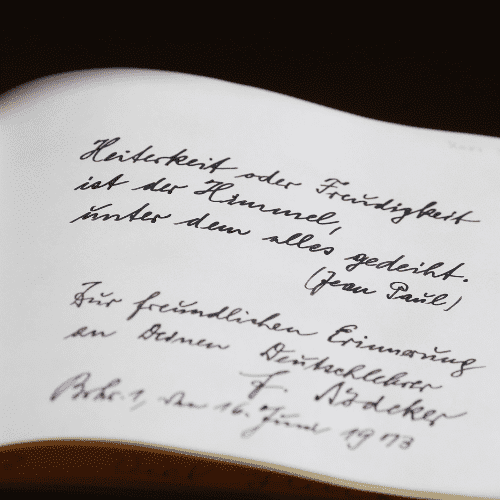When it comes to transitioning from formula to breastmilk you may become overwhelmed with the process but you need not worry as there are strategies to keep you and your baby happy.
Every baby is different and some adapt to a transition in feeding more quickly than others. We take a look at ways to make transitions from breastmilk easier and the best formula to transition from breastmilk.
As an Amazon Associate I earn from qualifying purchases. The links below may be affiliate links. Please read my disclosure policy for more information.
Making the choice to transition
Breastfeeding is a great way for parents and babies to bond but, for many reasons, there comes a time when some choose to transition to formula. Bottle feeding still allows you to bond with your baby and it can be an exciting part of your parenting journey.
Common reasons parents decide to transition to formula include:
- The feeding parent returning to work
- Weaning baby off night feeds
- Reduction in the production of breast milk
- A non-feeding parent wanting to be more involved in the feeding process
- Breastfeeding has become painful
- Baby showing signs of self-weaning

When to wean a baby from breastmilk to formula
When it comes to good transitioning from one baby phase to another timing is everything. The American Academy of Pediatrics ( AAP) recommends that babies are breastfed exclusively for a minimum of 6-months if possible. This will not be the case for everyone, with some ending breastfeeding much earlier and some parents waiting until the baby begins to self-wean.
It is not a hard and fast rule but most babies begin to transition from breast milk somewhere between 9 and 12 months. This is after they have been eating solid foods for a few months and become less reliant on milk as a sole source of nutrition. As babies begin to eat more food they drink less milk so, for many parents, changing over to formula at this time works best.
How To Bottle Feed A Breastfed Baby
How will my baby adapt to formula?
Every baby is different with some embracing taking a bottle or a cup instead of the breast more than others. If your baby breastfeeds a lot, especially during the night and when they need comforting, it may be more difficult.
If your baby has been used to taking breastmilk from a bottle after you have pumped then things may go a little smoother. Choosing the best formula to transition from breastfeeding is essential.
Top 5 tips on transitioning to formula
Moving to formula from breastmilk can be overwhelming but if you follow these 5 steps the process will be much easier than you anticipate:
1. Go slowly— While you may be transitioning for the right reasons you need to take care not to rush your baby and risk formula feeding becoming a battle.
2. Choose the best feed to drop first—Some parents feel that they want to drop a night feed first of all so that a partner can feed the baby and they can get more sleep. For others, dropping day feeds allows them to put their baby in daycare or they can get things done around the house.
3. Help baby get used to a bottle—There are a few ways that you can help a baby get used to a bottle, including expressing breastmilk, asking someone else to feed baby from a bottle so there is less confusion and trying different teats.
4. Equip yourself with the correct tools—you will need to source a variety of sterilized teats and, of course, bottles and formula.
5. Choose the right formula—There are dozens of different formulas on the market, ranging from those designed to supplement breastmilk, organic formula, formula for babies with allergies, and formula that helps with babies with reflux.

Choosing the best formula for your baby
There are lots of different formula brands on the market but all are made up of one of the following:
Cow’s milk-based formulas
The most popular formula on the market is made up of the proteins found in cow’s milk. There is a wide variety of cow’s milk-based formulas on the market, some treated in a way that makes it easier for babies to digest.
The majority of children adapt well to this type of formula and there are small changes made to each age group of formula to allow for optimum nutrition for age group.
Soy-based formulas
Soy formula is an option for babies who are sensitive to cow’s milk as it contains glucose or sucrose rather than lactose. It is also the recommended option for babies with a rare disorder known as galactosemia, in which the body cannot break down galactose found in cow’s milk. If you have any concerns over giving your baby cow’s milk consult your physician. If you are bringing up your baby plant-based or vegan, soy-based formula is the best option if you want to transition from breastmilk.
Hypoallergenic formulas
This type of formula is cow-based but they are made up of proteins that can be easily broken down (through a process called hydrolysis). As the process breaks down into small particles of milk protein the body does not recognize it as cow’s milk so therefore there is no allergic reaction.
Words like hydrolyzed or hypoallergenic may appear on the labels of this type of formula. Hypoallergenic formulas are used on babies that have a known allergy or babies who develop skin rashes or experience wheezing when they first try a cow’s milk-based. If your baby still experienced these symptoms even with a hypoallergenic you should consult your family physician. This type of formula can be used on all babies, but typically it costs more so you may want to look at a standard cow or soy-based formula.
Specialized formulas
This type of formula is generally for babies who have certain medical conditions or were born prematurely. For example, babies born with heart problems or malabsorption conditions will need a more targeted formula that helps to digest fat. Some specialized formulas can help the body process amino acids better than standard cow-based formulas.
If you are weaning a baby over one year old you may want to look at ‘follow on’ formulas which contain additional vitamins and nutrients to help your baby or toddler grow. Much of the vitamins and minerals can be found in food but as your baby adjusts to weaning they may want additional support.
Popular Formula to transition from breastmilk
Once you have decided what type of formula you will choose it is not time to look at the brands. Reading formula reviews and take advice from friends and family that have used formula for their babies. When you do decide on a particular formula make sure you buy one at first as you don’t want to be stuck with several cans of formula your baby doesn’t take to.
What to do if your baby drinks old formula
We take a look at the most popular formulas for transitioning from breastmilk:
Cow’s milk-based formulas—Kirkland Signature Pro-Care infant formula is a great low-cost formula that you can get easily from Costco or most grocery stores. Other brands that rate highly among parents are Happy Baby (which closely mimics breastmilk), Enfamil and Earth’s Best.
Soy-based formulas—Enfamil ProSobee, Similac Soy Isomil and Gerber Good Start Soy are all preferred brands and Walmart do a great store-brand soy formula called Parent’s Choice Soy.
Hypoallergenic formulas—Similac is a popular brand for babies who are lactose intolerant and Gerber Extensive HA and Enfamil Nutramigen are both good choices for hypoallergenic babies.
Specialized formulas—Many of the hypoallergenic brands may be a good fit for your specialized formula but if there is a specific concern you should talk to your physician or post-natal care team for advice on the best brand of formula for your bay.
You can usually buy all of the above formulas in powder form to make at home and ready-made cartons for when you are out and about.
Once your baby has settled on a formula try to stick to it as much as possible so they don’t have to constantly learn how to digest different formulas. If you find that your particular brand is out of stock and you cannot get to another store, try to choose a brand that is very similar—so do not jump from a cow-based formula to a soy-based.

How to gradually transition to formula
Once you have decided on the best formula for transitioning from breastmilk it is time to begin the transition. The easiest way for most moms is to gradually move their baby to formula by dropping feeds and slowly introducing bottles. Some moms prefer to drop one feed at a time, as discussed above, and for others mixing a small amount of formula into breastmilk is their chosen method.
If you are choosing to mix breastmilk and formula this is a good guide on how to do so:
Day 1 and 2—75% breastmilk and 25% formula
Day 3 and 4—50% breastmilk and 50% formula
Day 5 and 6—25% breastmilk and 75% breast milk
Day 7 onwards—100% formula
If you cannot change to formula and a slow pace and need to go ‘cold turkey’ you will need to make sure that you have support around you.
Whatever method you choose to transition to formula, whether it be mixed feeding or alternating breastfeeding and bottle-feeding, with time and support you are sure to enjoy the next stage of your baby’s journey. When you choose the best formula for your baby the process will be even smoother.






